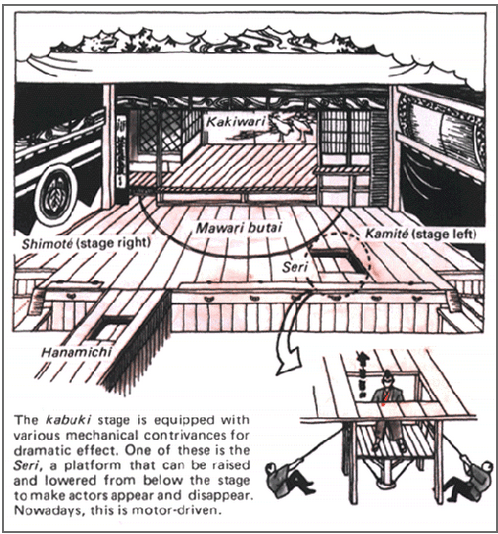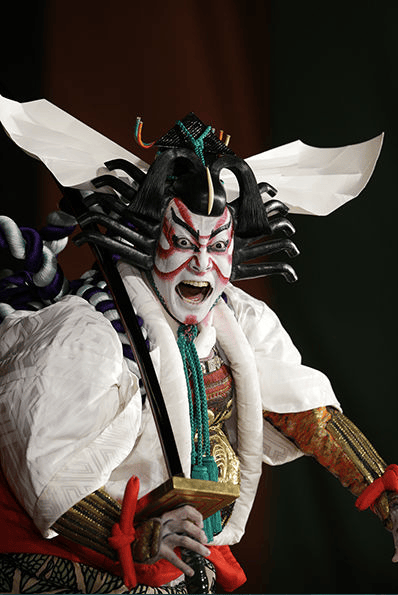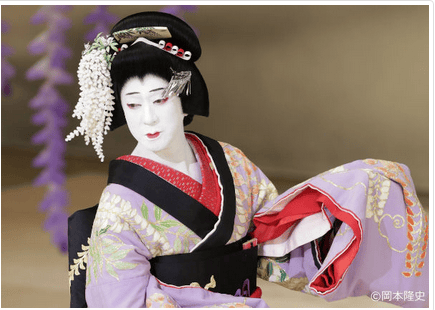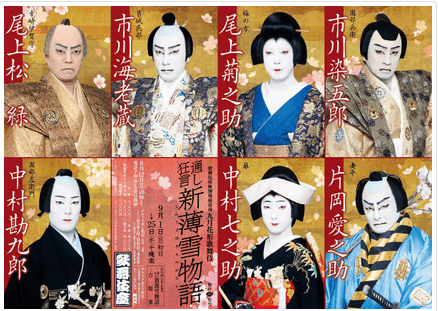- https://www.youtube.com/watch?v=tvq7O6sukUc
- https://www.youtube.com/watch?v=V9QHX0LTL0w
- https://www.youtube.com/watch?v=67-bgSFJiKc
- https://www.youtube.com/watch?v=F3IHdm2Tf8g
- Hays, Jeffrey. Kabuki: History, Themes, Famous Plays, and Costumes. Facts and Details.com. 2013. http://factsanddetails.com/japan/cat20/sub131/item715.html Accessed 12th Dec 2017.
- Japanese Guide. Kabuki. Traditional Theatre. Japan-guide.com. 2017. https://www.japan-guide.com/e/e2090.html Accessed 12th Dec 2017.
Kabuki Theatre
| Subject: | Art |
| Type: | Informative Essay |
| Pages: | 1 |
| Word count: | 327 |
| Topics: | Theatre, Art History, Plays |
Sources
More samples
Related Essays
Get a brand-new guide on essay writing
The download will start within seconds. Good luck!
Download Sample
This essay is publicly available.
Offered for reference purposes only.
Offered for reference purposes only.
By clicking Get this Sample you agree to the Terms And conditions and Privacy policy.
Thank you!
The download will start shortly.





